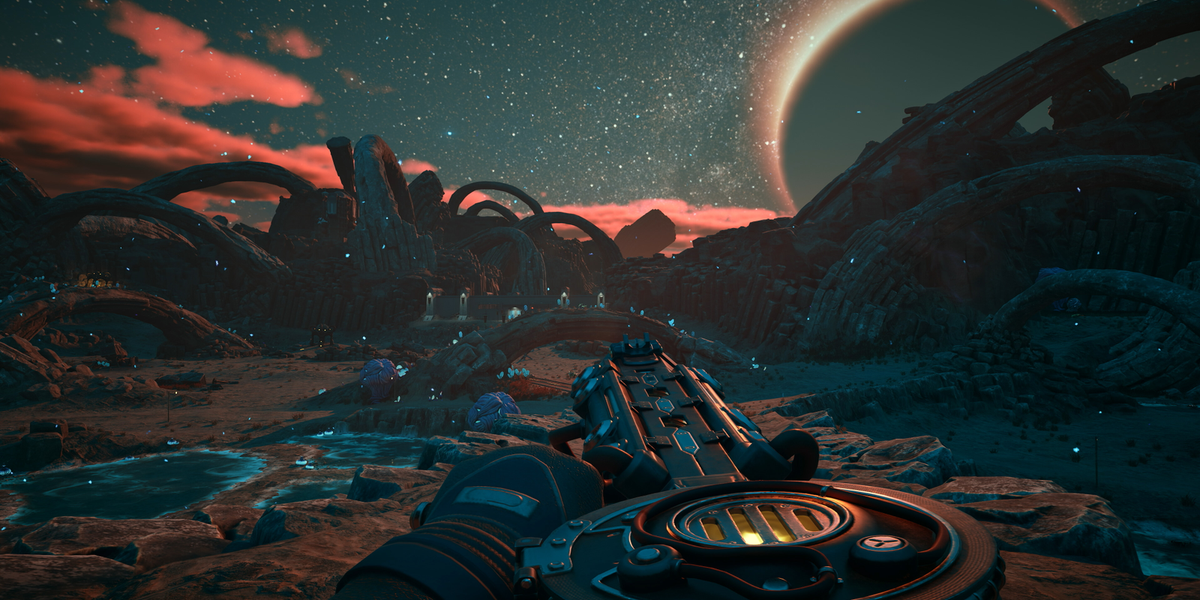The Dawn of a New Pricing Era: Analyzing *The Outer Worlds 2*’s $80 Price Tag
The gaming landscape is ever-evolving, and with that evolution comes shifts in economic models. Microsoft’s decision to price *The Outer Worlds 2* at $79.99 marks a significant turning point, making it the first Xbox Game Studios title to retail at this price point. This move has ignited a firestorm of discussion among gamers and industry analysts alike, prompting a deeper examination of the factors at play and the potential ramifications for the future of gaming.
The Rising Costs of Game Development
Modern game development is a Herculean endeavor, demanding massive teams, cutting-edge technology, and years of dedicated effort. The sheer scale of these projects translates to escalating costs, encompassing everything from employee salaries and software licenses to marketing campaigns and distribution expenses. AAA titles, in particular, often require budgets exceeding hundreds of millions of dollars, making it increasingly challenging for publishers to recoup their investments at the traditional $60 or $70 price points.
*The Outer Worlds 2*, with its ambitious scope and enhanced gameplay, likely reflects these rising development costs. The game promises to deliver a more expansive and immersive experience than its predecessor, featuring improved graphics, advanced AI, and a more intricate narrative. These enhancements necessitate greater investment in development resources, justifying, in the eyes of Microsoft, the higher price tag.
The Impact of Inflation and Economic Factors
Beyond development costs, broader economic factors also contribute to the increasing price of games. Inflation, a persistent phenomenon that erodes the purchasing power of currency, has affected various sectors of the economy, including the entertainment industry. As the cost of living rises, companies must adjust their pricing strategies to maintain profitability and ensure their long-term sustainability.
Additionally, global economic conditions play a significant role in pricing decisions. Fluctuations in currency exchange rates, trade policies, and geopolitical events can all impact the cost of producing and distributing games. Publishers must carefully consider these factors when setting prices in different markets to remain competitive while safeguarding their bottom line.
The Game Pass Factor: A Shifting Paradigm
It’s impossible to discuss the pricing of *The Outer Worlds 2* without acknowledging the influence of Xbox Game Pass, Microsoft’s subscription service that offers access to a vast library of games for a monthly fee. Game Pass has disrupted the traditional model of game sales, providing consumers with an alternative way to experience games without paying full price for each title.
Microsoft’s strategy appears to be centered around attracting subscribers to Game Pass, using day-one releases of first-party titles like *The Outer Worlds 2* as a major draw. While the $80 price tag may deter some consumers from purchasing the game outright, the availability of the game on Game Pass could entice them to subscribe to the service, generating recurring revenue for Microsoft. This approach allows Microsoft to monetize its games in multiple ways, balancing traditional sales with subscription-based income.
Consumer Reaction and Industry-Wide Implications
The announcement of *The Outer Worlds 2*’s price has been met with mixed reactions from the gaming community. Some consumers express concerns about the increasing cost of gaming, arguing that $80 is too steep a price to pay for a single title. Others acknowledge the rising costs of development and the value proposition offered by Game Pass, viewing the price increase as a necessary adjustment to the current economic realities.
The decision to price *The Outer Worlds 2* at $80 could have far-reaching implications for the entire gaming industry. If the game performs well at this price point, it could embolden other publishers to follow suit, leading to a new standard for AAA game pricing. This shift could reshape the gaming landscape, potentially making it more expensive for consumers to access the latest titles. Conversely, if the game faces backlash or struggles to achieve sales targets, it could deter other publishers from raising prices, maintaining the status quo.
Alternatives and the Future of Affordability
As game prices rise, it becomes increasingly important to explore alternative ways to make gaming more affordable. Subscription services like Game Pass offer one solution, providing access to a diverse library of games at a relatively low monthly cost. Cloud gaming services, such as Xbox Cloud Gaming, offer another avenue, allowing gamers to stream games to various devices without the need for expensive hardware.
Additionally, the indie game scene continues to thrive, offering a wealth of creative and innovative experiences at lower price points. These games often provide a refreshing alternative to AAA titles, offering unique gameplay mechanics, compelling narratives, and distinctive art styles. By supporting indie developers, gamers can access a wide range of affordable and engaging content.
Conclusion: Navigating the Evolving Gaming Economy
The decision to price *The Outer Worlds 2* at $80 represents a pivotal moment in the gaming industry. It reflects the rising costs of game development, the impact of inflation, and the influence of subscription services like Game Pass. While the price increase has sparked debate among consumers, it also underscores the need to explore alternative models for accessing and enjoying games. As the gaming landscape continues to evolve, it’s crucial for publishers and consumers to engage in open dialogue, ensuring that gaming remains both sustainable and accessible for all. Ultimately, the success of *The Outer Worlds 2* at this price point will serve as a litmus test, shaping the future of game pricing and influencing the direction of the industry for years to come.

